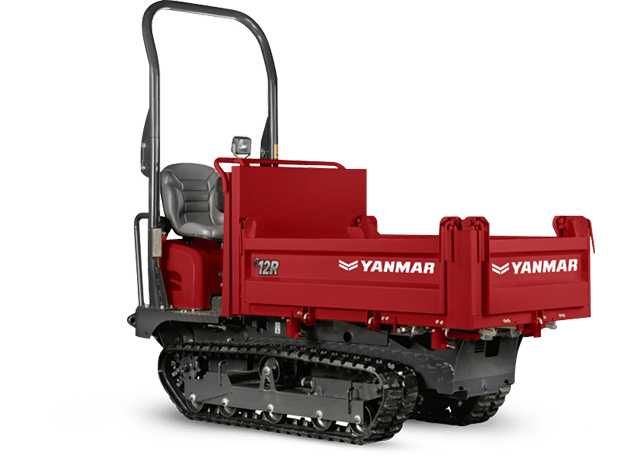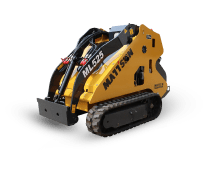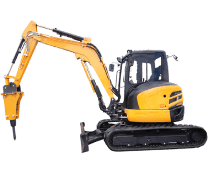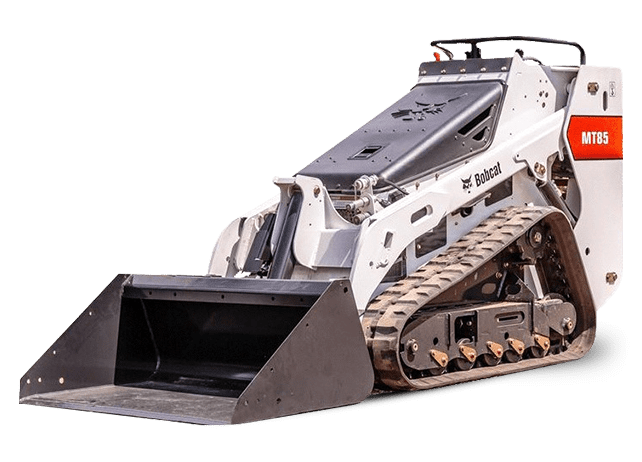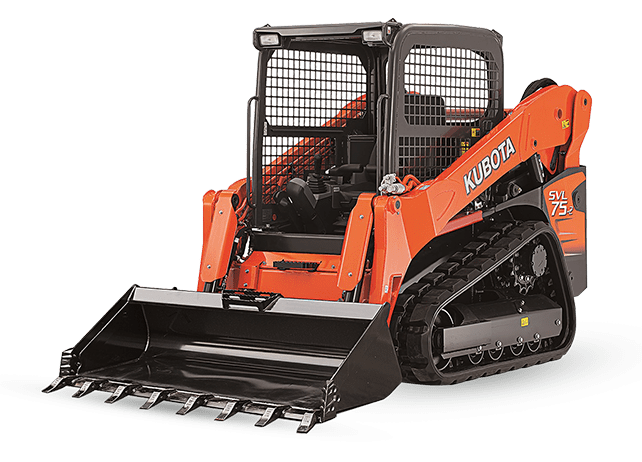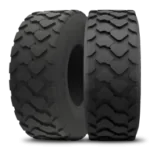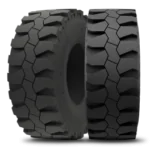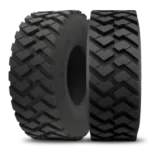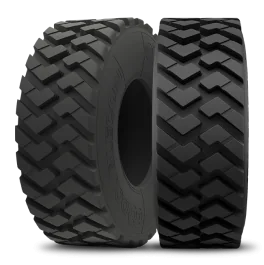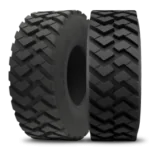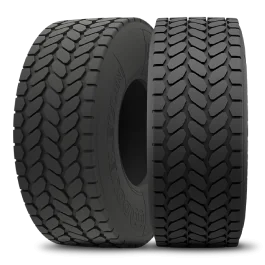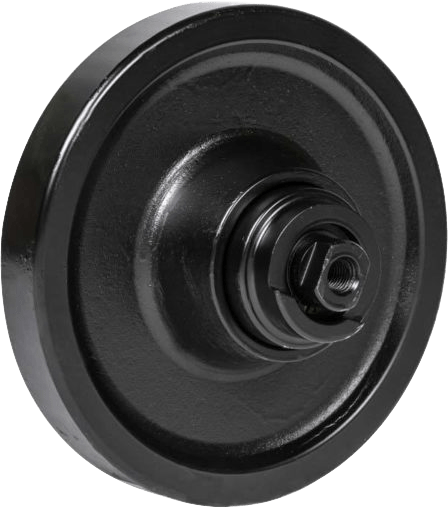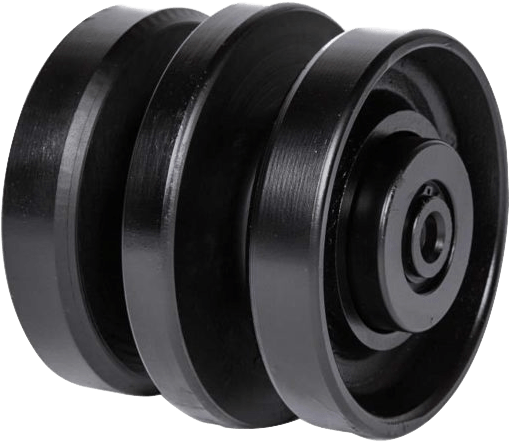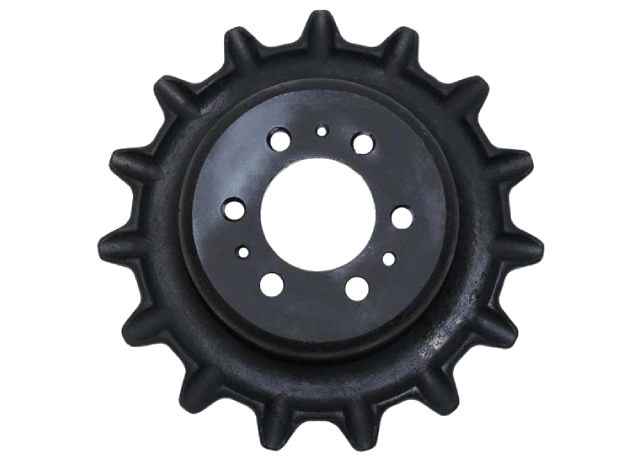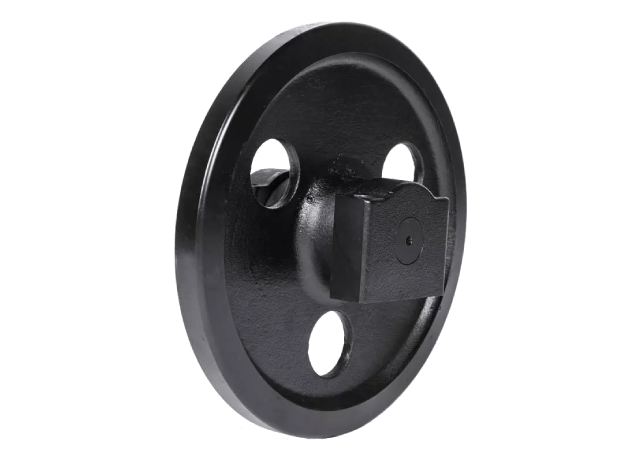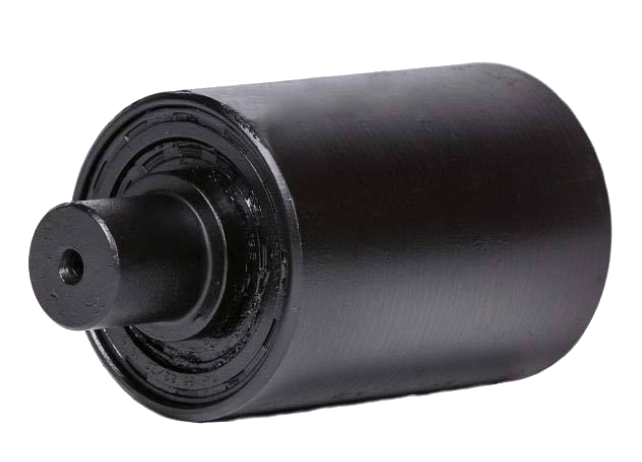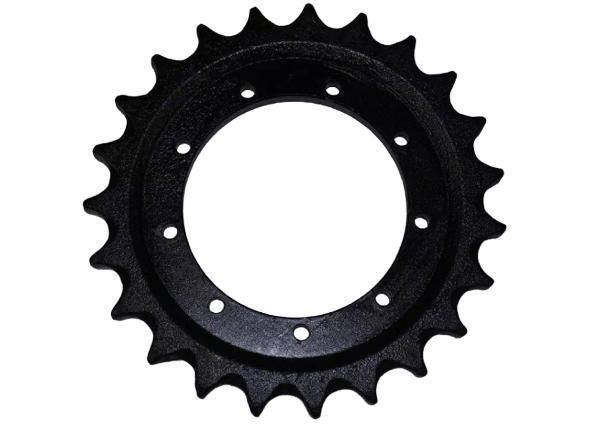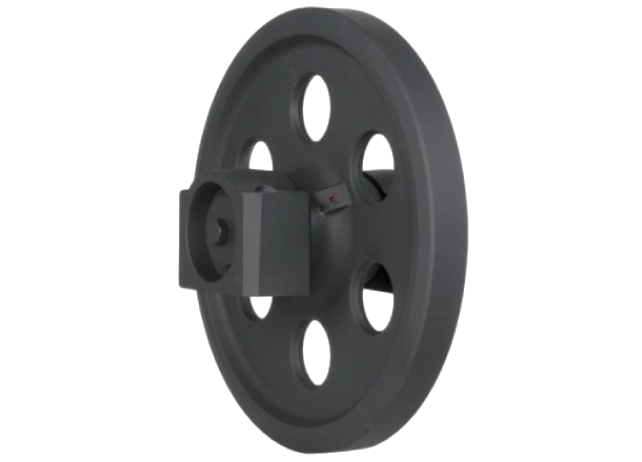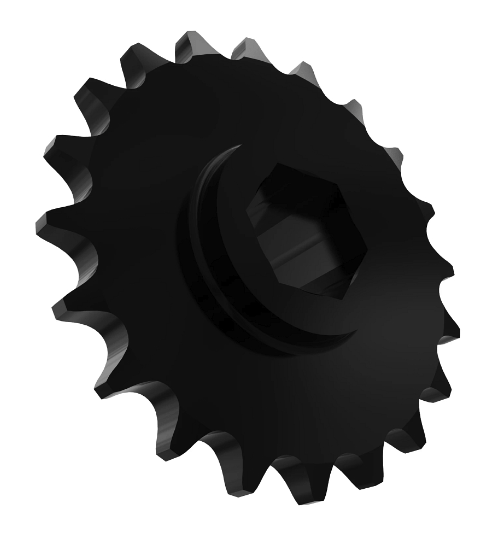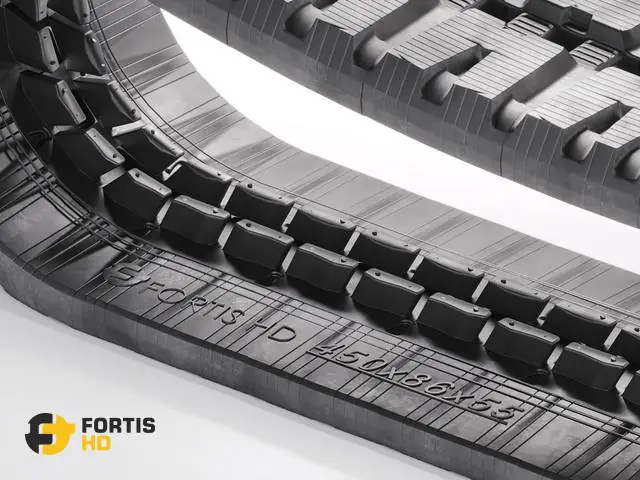Skid steer rubber tracks wear and tear due to operation, terrain, and machine factors.
Some common rubber track issues include stretching, cuts, tears, de-tracking, corrosion, abrasion, etc.
Top skid steer tracks have a heavy-duty carcass that overcomes wear and tear issues, minimizing downtime and thus improving performance.
We’ll focus on choosing, troubleshooting, and maintaining the best skid steer rubber tracks to reduce downtime. You could also pick rubber tracks with boost efficiency in mind, which we cover in our article “What are the Best Tracks for Skid Steers to Enhance Performance?”
Let’s first break down problems you’ll probably deal with and see what makes rubber tracks at Fortis the best in the industry to reduce downtime.
Table of Content
Understanding Skid Steer Track Issues
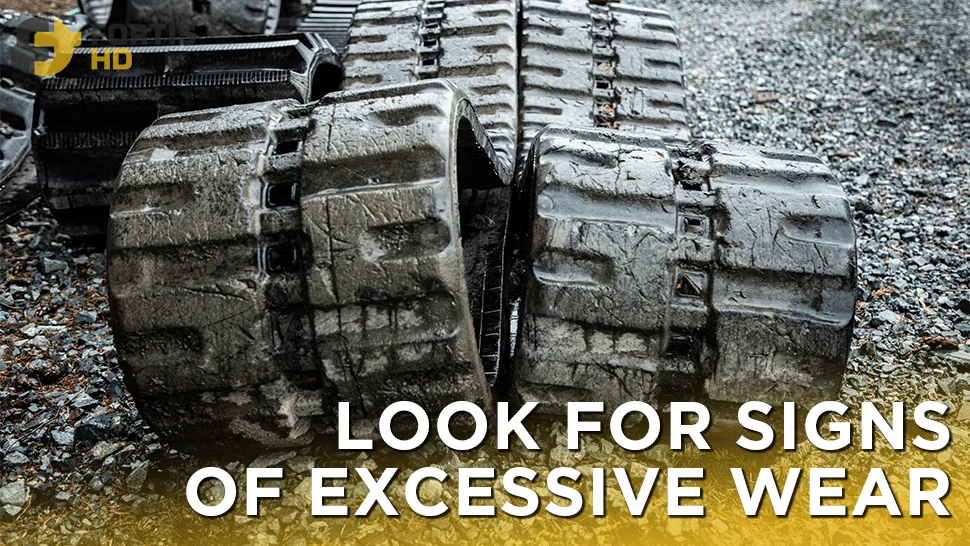
For skid steers to work efficiently, their tracks must have proper tension, so stretching is a constant wearing factor, regardless of whether the machine is operating.
Stretching is not by itself an issue. However, when you need to adjust the tension frequently on your skid steer tracks, it’s a sign they are overstretching, whether because they are beyond their lifespan, due to low quality, or excessive material packing in the undercarriage.
Overstretching can lead to cracks on the track rubber body, allowing moisture to reach the internal cables, eventually leading to track failure.
Excessive stretch causes tracks to loosen, making the rollers and the sprocket wear prematurely—also, the risk of derailment increases.
De-tracking is when rubber tracks partially or entirely come off the sprocket and rollers of a skid steer. It’s one of the most common issues among compact track loaders. Check our article “How to Put a Track Back on a Skid Steer” to see how derailment can damage undercarriage components and how to fix a run-off track.”
The cleats and the track body wear off regardless of the terrain you work on.
So, to some extent, it’s normal if you spot small tears on your skid steer tracks, especially if working on rough terrain with sharp objects or simply due to the aging of the rubber compound. However, exposed reinforcement cables from larger tears will lead to track failure. In that case, you must replace the track ASAP.
Choosing skid steer tracks isn’t only a matter of matching the right tread pattern for a given terrain. You must also consider the thickness and quality of the track body, the internal reinforcement, features against derailment, etc.
Features of the Best Skid Steer Rubber Tracks
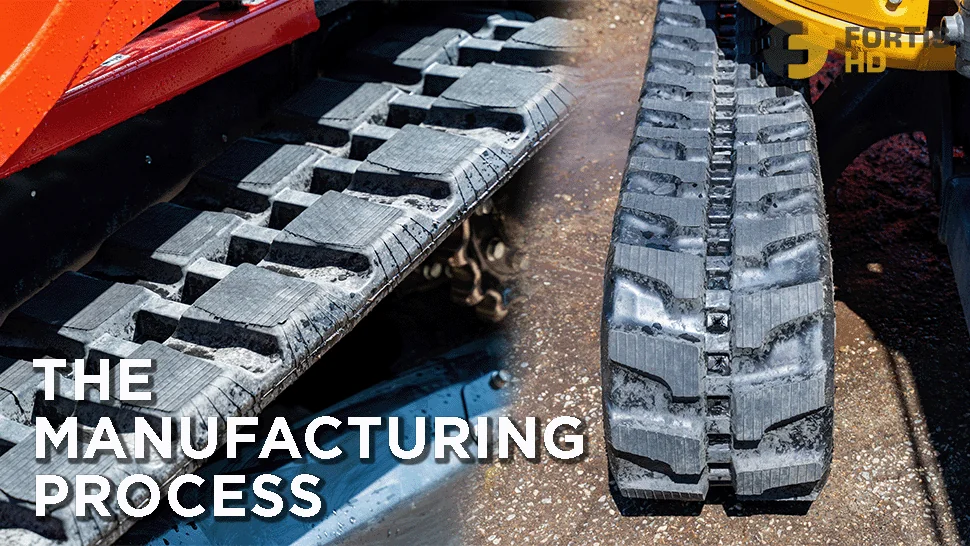
At Fortis, we’ve put together a great team of engineers, technicians, and strategists to supply the best undercarriage products to the heavy equipment industry, as you can see from the testimonials of some of our customers.
Every part of our high-quality skid steer rubber tracks contributes—individually and as a whole—to extending their useful life. From the inside out, here’s the role of each component toward durability:
Steel Cables
The rubber compound can stretch to a certain point before cracking—core cables bond with the rubber, providing tensile strength to avoid overstretching.
We use a large number of multi-strand cables wound per belt, with the largest possible diameter, to ensure the track maintains its shape and durability.
Our skid steer tracks have a continuous steel cord structure ensuring the same length every lap, increasing the track’s strength even further. Often, Bobcat rubber tracks that use a traditional steel cord overlapping structure fail at the ends of the overlap area. Spiral steel cords lack overlapping weak points, minimizing track breakage.
Cuts and cracks will happen at some point, even at spots you wouldn’t expect. We saw a case of a compact track loader that lost a wear plate near the sprocket. The plate went into the sprocket, slashing the internal edge of the track.
When cuts and cracks deepen, moisture can cause the steel cables to create rust. Fortis bobcat rubber tracks include a coated steel cord, which minimizes rust deterioration, maintaining tensile strength for longer.
Textile Wrapping
A textile layer between the steel links and cord ensures consistent steel cable alignment.
Cable alignment is essential for the following reasons:
- Ensures the weight and forces from the rollers are evenly distributed across the track, preventing premature wear and tear or cable snapping. Cable alignment also helps tracks roll evenly without vibrations or bumps.
- Misaligned cables can hinder track flexibility, leading to potential delamination damage or cracking of the rubber body.
Steel Links
Drop forged steel inserts strengthen and stabilize rubber tracks. The links support the machine’s weight as the rollers pass on them, while its lugs align the track when engaging the sprocket and rollers.
At Fortis, our skid steer tracks have links with precise designs to support and evenly transmit machine loads to the ground, minimizing uneven track wear.
We make heat-treated metal cores with a special steel alloy to resist bendings, shear failures, and lug premature wear, reducing the risk of de-tracking.
Besides a strong structure, our premium rubber track embeds have interlocking and staggered guide lugs with tapered tops, which increase lateral stiffness against de-tracking and significantly reduce vibration.
On top of all, our link’s rounded edges lower excessive stress concentrations when driving over or against curbs or hard objects, minimizing edge-cut damages.
Rubber Compound
Fortis fine-tuned a mix of natural and synthetic rubber and additives, bonded together through a cutting-edge vulcanization process, optimizing the bond between layer joints for a flexible yet robust rubber compound more resistant to cuts, punctures, and abrasion.
Our vulcanization process guarantees a strong bonding between the rubber and the inner steel cables and forgings reinforcement—preventing missing links.
Besides being chemically stronger, our skid steer tracks are thicker than the competition to increase their resistance against abrasion, extreme temperatures, and harsh weather conditions. More volume also helps dampen vibrations and absorb shocks.
Our automated manufacturing process produces uniform cleats of multiple tread patterns to distribute weight more evenly, reduce excessive wear, guarantee optimal traction, and help the tracks efficiently self-clean debris and soft material out of grooves, reducing packing and, thus, the chance of overstretching and de-tracking.

Go to the Fortis skid steer tracks section, where you’ll find the best replacement skid steer tracks matching OEM specifications for over 20 of the most popular skid steer brands and models.
Troubleshooting Steps
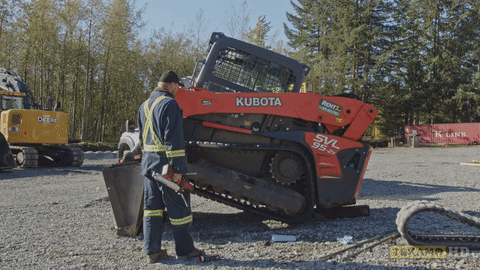
We recommend replacing a rubber track once it has exposed steel cables, missing links, snapped, or lost big rubber chunks. If you want to know the reasons for not trying to fix any of the issues mentioned, check our article about some common and inefficient DIY patches and repairs.
However, you can troubleshoot misalignment and de-tracking problems.
The first step to fixing a skid steer track is identifying the problem.
Some signs when a rubber track isn’t centered correctly in the undercarriage are:
- The skid steer pulls to one side.
- The track makes too much noise or vibrates excessively, especially at high speeds.
- The track cleats and lugs wear unevenly.
- The skid steer has reduced traction and makes a grinding noise when turning.
You’ll identify a thrown-off rubber track because:
- The track makes a loud banging noise.
- The skid steer loses power and control or overheats.
- The skid steer is leaving scuff marks on the ground.
Regardless of the issue, a brief step-by-step guide to troubleshooting is:
- Turn off the machine.
- Lift the machine.
- Relieve the track tension.
- Realign or pop back in the track.
- Re-tension the track.
- Check the alignment and slack.
- Put the machine back on the ground.
Check out our detailed step-by-step guide and learn how to fix a skid steer track with the help of an operator and using a couple of chisel bars.
Want to get rid of your worn-out skid loader tracks? Learn about the options in the article: what to do with used skid steer tracks.
Maintenance Tips
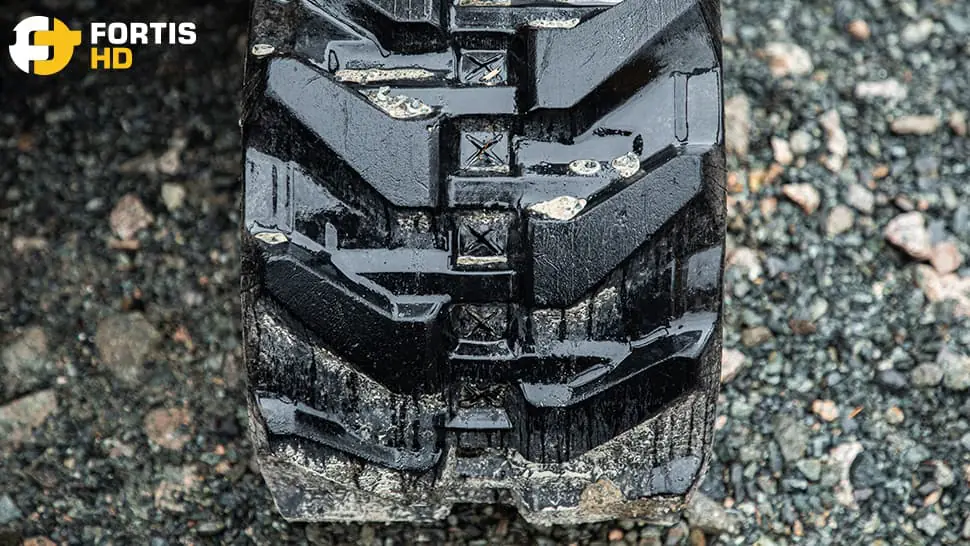
Even the best skid steer tracks will significantly degrade without proper maintenance. Below, we cover how to maintain and extend the lifespan of your skid steer tracks from 4 angles: inspection, cleanliness, storage, and operation.
Inspection
Check your tracks daily for cuts, cracks, exposed wires, missing steel embeds, and packed material.
Also, keep an eye on the components of the undercarriage. A worn sprocket won’t engage properly on the track links but rather slip on them, causing premature wear leading to link ejection. Worn-out rollers will cause uneven track wear.
Curtis Drewniak, Trainer and Technical Communicator at West Side Tractor Sales, in his guide “Operation, preventative maintenance, and regular inspections of heavy equipment undercarriages,” mentions the link between the undercarriage components’ condition and the rubber tracks’ lifespan.
Lastly, measure the tread depth. You should replace tracks when the lug height is less than 0.2” (5 mm).
Cleanliness
Clean the undercarriage with a pressure washer to remove debris and packed soil. When mud and gravel accumulate on the track, tension will increase, so there’s a risk of cracks and derailment.
Even when there’s no material caked inside, cleaning your tracks removes chemicals, oil, sand, salt, and pebbles that will rub against the inner side of the track when the sprocket and rollers engage with it, causing internal abrasion.
Storage
During long-term storage, protect the tracks from sunlight. The combination of UV light and ozone—a natural gas in the atmosphere and at ground level—accelerates the degradation of rubber compounds in tracks.
UV light breaks down the chemical bonds in rubber, making it more susceptible to ozone damage, which is particularly aggressive towards rubber products. The thing with ozone damage is that only a trace amount of it can initiate cracking.
We also recommend driving the machine every one or two weeks for 5-10 minutes to maintain the flexibility of the tracks.
Put blocks under the frame to remove weight from the tracks, or rotate the tracks at least once a month to avoid fatigue due to continuous stress on one spot.
If you remove the tracks from the skid steer, store them in a cool and dry environment and lay them evenly on their sides to prevent crimps and folds.
Operation
Check track tension on new tracks 50 hours after initial use. Then, check and adjust every 50 service hours—although daily checks don’t hurt. A loose, as well as a very tight track, will cause wear issues to the undercarriage.
To check the tension, push the bucket against the ground to lift the skid steer and measure the gap between the third roller and the track. As a rule of thumb, a proper track tension equals a gap of 1 – 1 1/2″.
Avoid operating the loader across slopes, with one track on a slope and the other on flat ground or with the end of the track turned up against a curb or mound. You’ll bend the edge of the tracks, damage the guide lugs, and increase the risk of de-tracking.
Neither drive over curbs. You’ll put excessive stress on tracks, which can cause derailment, cuts to the rubber compound, and cable snapping. Also, avoid going over sharp objects or jagged debris.
Reduce driving in reverse, especially if using non-directional skid steer tracks. The sprocket will wear prematurely, and the tracks won’t work efficiently, requiring more power from the engine.
Enlarge the radius when turning and changing directions. Use the three-point turn technique instead of spot-turning. Doing zero-degree turns on high friction areas—hot paved roads— causes excessive wear, while doing so on loose terrain will pack too much material into the undercarriage.
Rotate your tracks and sprockets periodically to ensure even tread wear.
When it’s time to replace the tracks, do both. Replacing only one track at a time may cause alignment issues and damage the undercarriage.

Do you need a new set of tracks? Check out our skid steer rubber tracks for the right set for your bobcat loader. We’ve got you covered!
Invest in Quality
All the great features mentioned throughout this post involve a slightly higher upfront cost. However, the savings in the long run due to less downtime are considerable.
Investing in high-quality rubber tracks will also protect key components of the undercarriage from suffering unexpected damage and premature wear.
When purchasing rubber tracks from Fortis, you can expect guaranteed fitment and structural integrity until the cleats have worn out completely.
Last Thoughts
Skid steer track selection goes beyond matching tread patterns and terrains. Ask your supplier about the internal structure next time you buy.
High-quality rubber tracks reduce downtime with engineered designs, high-strength steel cables, steel embeds with proper forging and efficient shape, top-notch raw materials, and additives for a resistant rubber compound.
At Fortis, you’ll get the best replacement rubber tracks with all the bells and whistles to reduce downtime. Plus, your payment is protected 100%, you’ll get industry-leading warranties on all our products, you can choose from multiple payment methods, and, if needed, return your products through our flexible policy.
Check our website and spread the good news with colleagues and co-workers.

